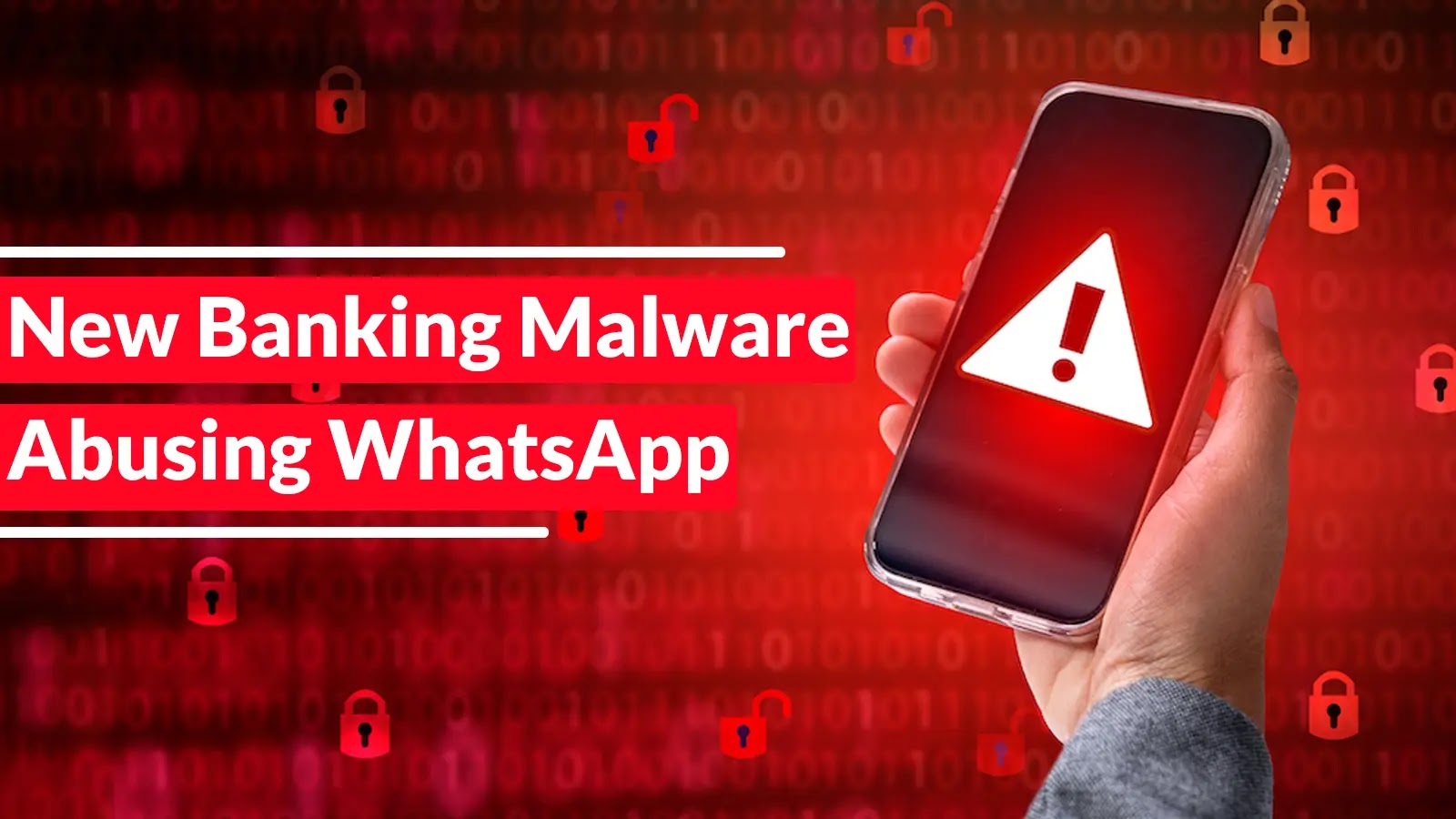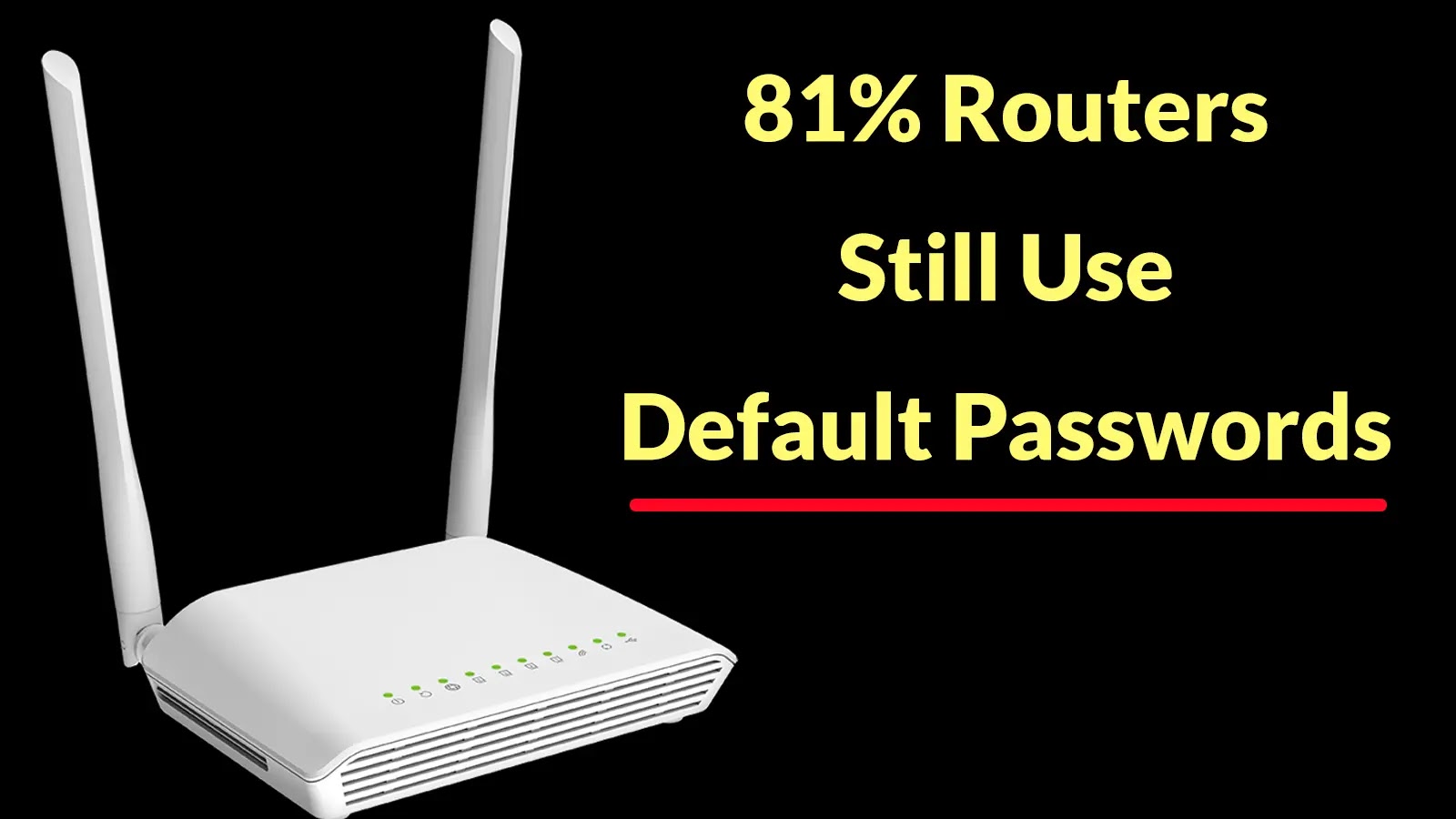Cybersecurity Weekly Update: Major Data Breaches, Critical Vulnerabilities, and Emerging Threats
In the ever-evolving landscape of cybersecurity, staying informed about the latest threats and vulnerabilities is paramount. This week’s update highlights significant incidents, including a major data breach at Ernst & Young (EY), critical vulnerabilities in widely used software, and the emergence of sophisticated malware campaigns.
Data Breach at Ernst & Young (EY):
Ernst & Young, a global leader in professional services, recently disclosed a significant data breach affecting its clients and employees. The breach resulted from unauthorized access to EY’s internal systems, leading to the exposure of sensitive information, including personal data and confidential client records. The incident underscores the persistent threat posed by cybercriminals targeting high-profile organizations and the critical importance of robust cybersecurity measures.
Critical Vulnerabilities in BIND 9 and Google Chrome:
1. BIND 9 Vulnerability (CVE-2025-5470): The Internet Systems Consortium (ISC) has released a patch for a high-severity vulnerability in BIND 9, identified as CVE-2025-5470. This flaw affects versions 9.16.0 through 9.18.26 and could allow attackers to crash DNS servers through malformed queries, potentially leading to denial-of-service (DoS) attacks. Given the widespread use of BIND 9 in DNS infrastructure, administrators are urged to update their systems promptly to mitigate this risk.
2. Google Chrome Zero-Day (CVE-2025-5482): Google has addressed a zero-day vulnerability in the V8 JavaScript engine of Chrome, designated as CVE-2025-5482. This flaw enables attackers to escape the browser’s sandbox and execute arbitrary code on the host system via malicious websites. Exploited in the wild across multiple platforms, users are advised to ensure their browsers are updated to the latest version to protect against potential exploits.
Emerging Threats:
1. Aardvark Agent Backdoor: A sophisticated backdoor known as Aardvark Agent has been linked to state-sponsored actors targeting the financial sector. Delivered through spear-phishing campaigns, this malware masquerades as legitimate administrative tools, facilitating data exfiltration and lateral movement within networks. Indicators of compromise (IOCs) include specific command-and-control (C2) domains. Organizations are encouraged to enhance endpoint detection capabilities and adopt zero-trust security models to defend against such advanced threats.
2. Herodotus Android Banking Trojan: A new Android malware named Herodotus has been identified, acting as a banking trojan that mimics human typing patterns to bypass behavioral biometrics during remote control sessions. Distributed via side-loading and SMiShing, it employs a custom dropper to circumvent Android 13+ restrictions on Accessibility Services, deploying overlays for credential harvesting and SMS interception. Targeting users in Italy and Brazil as Malware-as-a-Service, Herodotus splits text input into characters with randomized delays, simulating natural keystrokes to evade anti-fraud alerts.
3. Atroposia Remote Access Trojan (RAT): Atroposia, a modular RAT priced at $200 monthly, offers cybercriminals features like hidden remote desktop access, credential theft, and vulnerability scanning through an intuitive panel. Its HRDP Connect creates invisible shadow sessions for undetected system interaction, allowing surveillance and data exfiltration without user notifications or standard RDP logs. With capabilities for privilege escalation, persistence across reboots, and in-memory file extraction, Atroposia effectively evades antivirus and data loss prevention tools.
4. Gunra Ransomware: Active since April 2025, Gunra ransomware targets both Windows and Linux systems using dual encryption methods and double-extortion tactics. It appends .ENCRT extensions to files, drops ransom notes, deletes shadow copies via WMI, and employs anti-debugging techniques to evade analysis. Based on the Conti ransomware, Gunra has affected industries such as real estate and pharmaceuticals globally, with victims in Japan, Egypt, and Italy urged to pay within five days or face data publication.
5. Gentlemen’s Ransomware-as-a-Service (RaaS): The Gentlemen’s RaaS, advertised on hacking forums by operator zeta88, offers cross-platform encryption for Windows, Linux, and ESXi systems using Go and C code, with a 90% affiliate revenue share. This model attracts experienced actors by granting full negotiation control while handling backend operations, expanding ransomware’s reach to enterprise infrastructures like NAS and virtual environments. The small 32KB ESXi locker emphasizes stealth, marking an evolution in RaaS commercialization beyond traditional platforms.
Recommendations:
– Patch Management: Regularly update software and systems to address known vulnerabilities. Prioritize patches for critical flaws such as those in BIND 9 and Google Chrome.
– User Education: Conduct ongoing training to recognize phishing attempts and social engineering tactics, reducing the risk of malware infections like Aardvark Agent and Herodotus.
– Endpoint Security: Implement advanced endpoint detection and response solutions to identify and mitigate threats like Atroposia RAT and Gunra ransomware.
– Zero-Trust Architecture: Adopt a zero-trust security model to limit lateral movement within networks, minimizing the impact of potential breaches.
– Incident Response Planning: Develop and regularly test incident response plans to ensure swift action in the event of a security incident, reducing downtime and data loss.
Staying vigilant and proactive is essential in the face of evolving cyber threats. By implementing robust security measures and fostering a culture of cybersecurity awareness, organizations can better protect their assets and maintain trust with clients and stakeholders.



